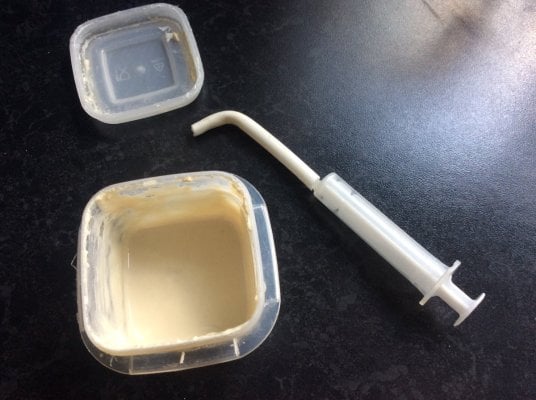- Joined
- May 22, 2016
- Messages
- 6,970
- Reaction score
- 10,747
Not necessarily. It makes the corals around it angry, but I've used it right near base of a coral, and the nearby coral was fine after initial irritation.Here's a trick... how do I get rid of aiptasia that are growing in the midst of zoanthids that I don't want to kill? Sounds like the methods herein would kill both.






















